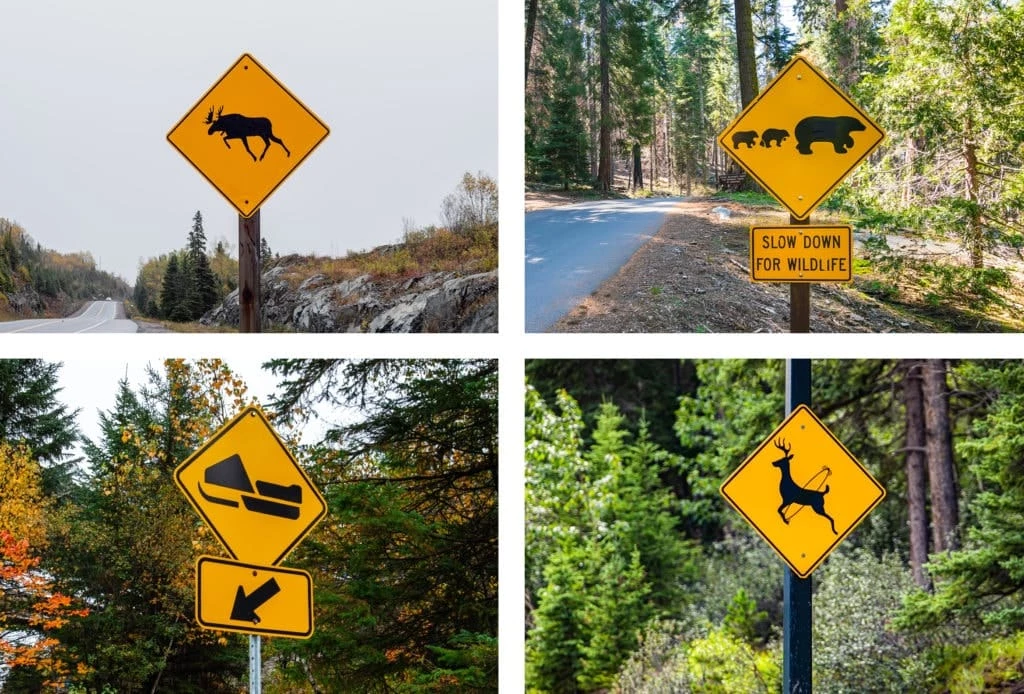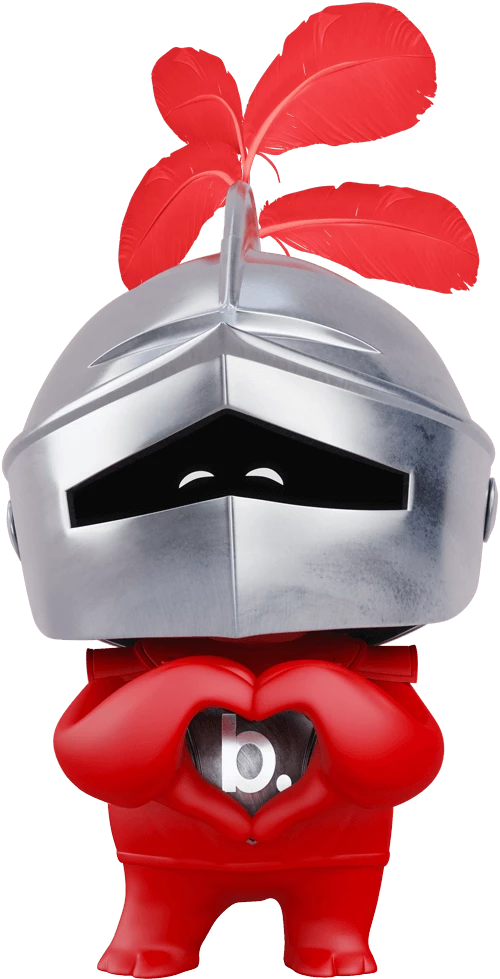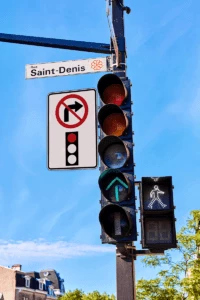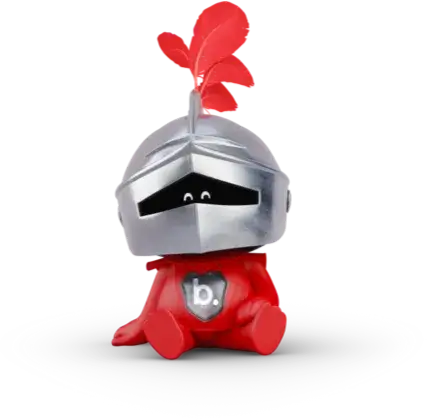6 Surprising Facts about Driving in Canada
Each country has its own culture, traditions and habits, and Canada is no exception! If there is one thing that might surprise newcomers, it’s our traffic laws.
1. Unusual road signs
Caribou crossings, falling rock warnings, agri-tourism… over 2,000 signs can be found from coast to coast, a bewildering variety, even for Canadians! Of course, the government does its best to ensure the information is clear, but a few of these signs will leave you scratching your head…
2. Never without a shovel and sunglasses
Sunglasses even in winter? That’s right, and don’t forget your shovel too! With the sunlight glinting off the snow, you run the risk of being blinded at the wheel. The shovel will come in handy for digging your car out of the snow. A snowstorm can bury a car in just a few hours, so it’s better to be prepared… at all times.
|
|
3. Another way Montreal is uniqueTurning right on a red light is permitted everywhere in Canada… except on the Island of Montreal. In fact, Montreal and New York are the only two cities in North America where it is prohibited. Nevertheless, keep in mind that turning right on a red light is a privilege and not a right! It’s better not to get upset if you find yourself behind a driver who decides to wait for the light to turn green. |
4. Honk, in an emergency only
Honking is part and parcel of driving in many areas of the world and is done for all kinds of reasons. In Canada, not so! Honking should be reserved for signaling an emergency. Using your horn indiscriminately or simply to express your impatience towards a slow driver could land you a minimum fine of $100 in Quebec, for example! That’s a sure-fire way to ensure you adopt proper honking etiquette.
According to the law in Prince Edward Island, however, drivers must make an audible sound (i.e., honk) when passing another vehicle. It’s an old law that is still in force… even if today it is not always followed to the letter!
5. De-icing with beet juice
You read it right. Mixed with salt, beet juice has the perfect properties to de-ice roads, thanks to a quick reaction between the cold and the sugar content in beets. Completely biodegradable and economical, it has a minimal impact on the environment. Plus, it’s a lot less damaging for roads, meaning they stay in better shape for longer. Did you know that this unusual use for beet juice was discovered in Ontario?
6. Highways are not for horse racing!
As funny as it might seem, the Highway Traffic Act of Ontario states that horse racing (or racing involving any animal) is prohibited on highways. According to the same Act, you may nonetheless travel by horse, though it’s not really recommended in today’s traffic! Know that if you do want to take your horse, you will have to hang at least two bells from its saddle or cart to signal your presence to motorists… or other riders!
Driving in Canada is full of surprises, especially for those who have learned to drive elsewhere.
Be safe, and enjoy the scenic wonder that is Canadian driving!
As part of our Roadside stories, we met with four people who adapted to driving in Canada after learning how to drive in other countries. So what is so special about the way we drive? See what they have to say and discover 6 surprising facts about driving in Canada!


